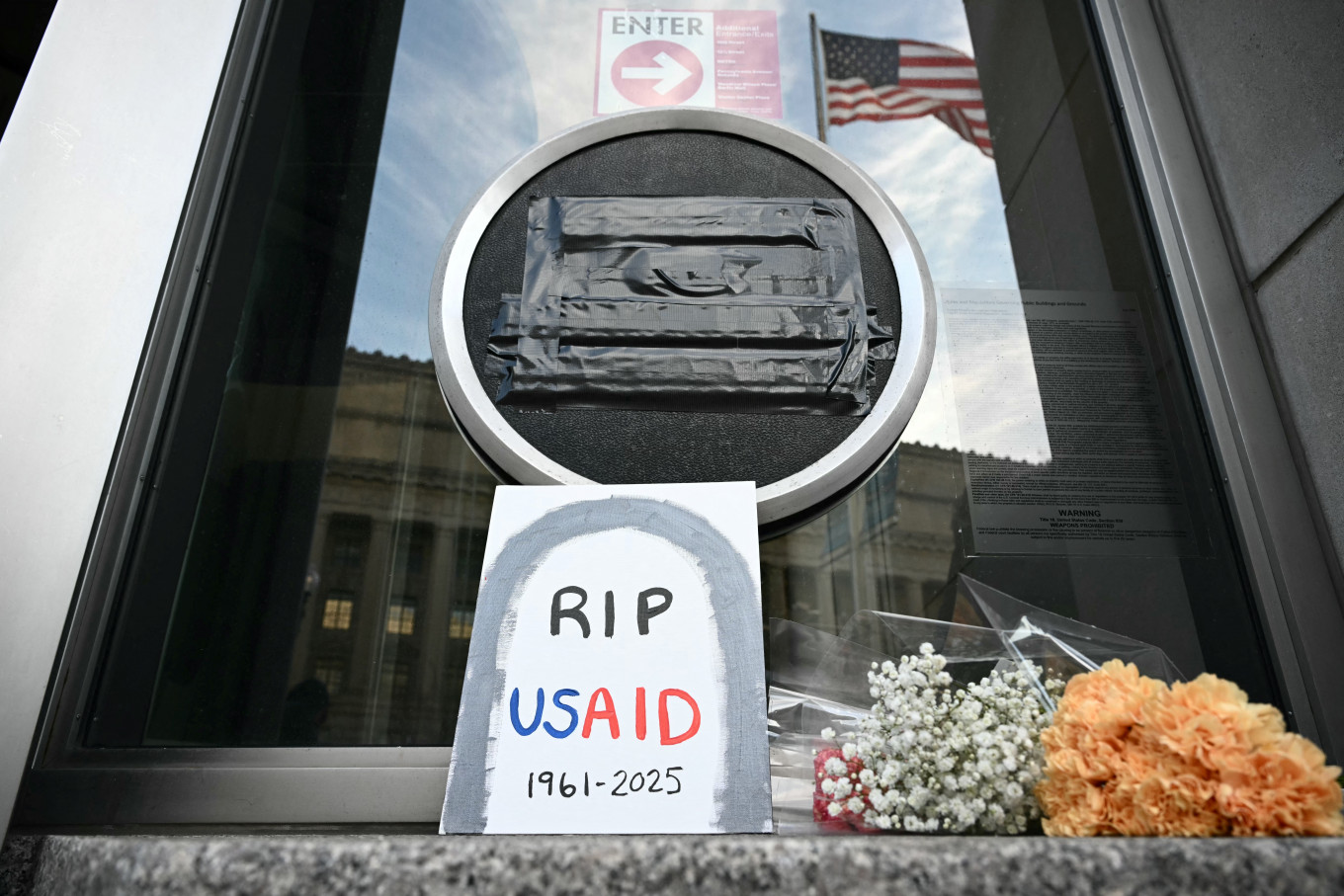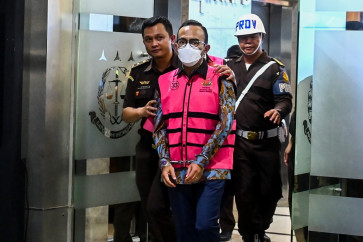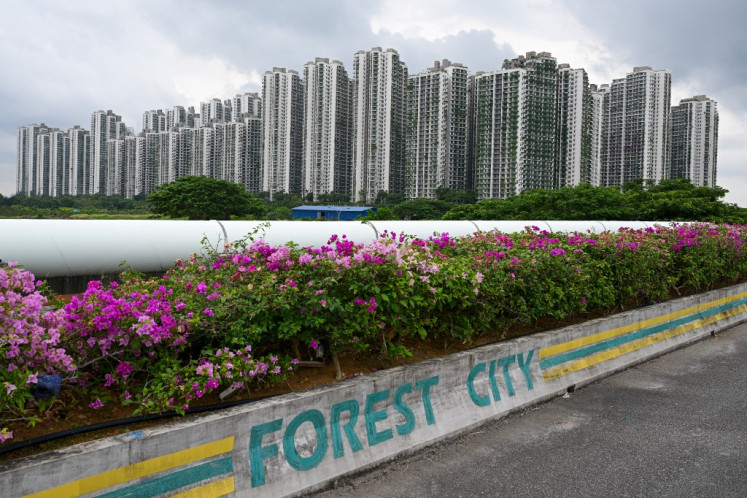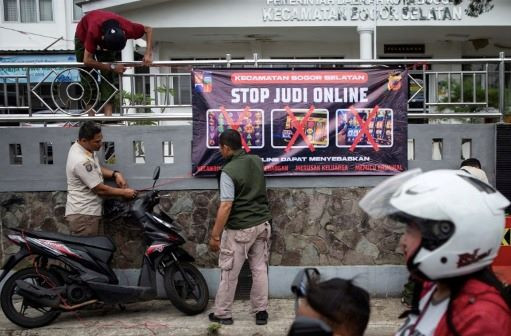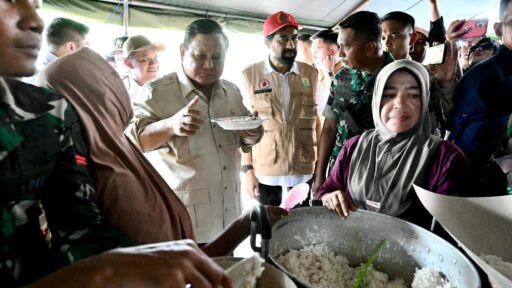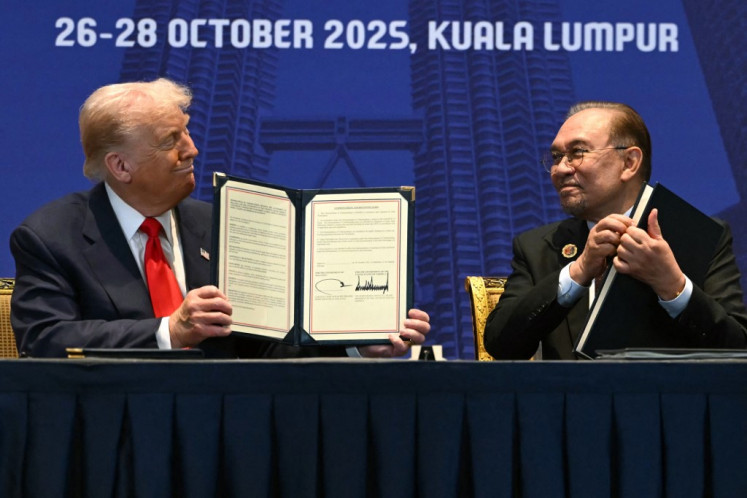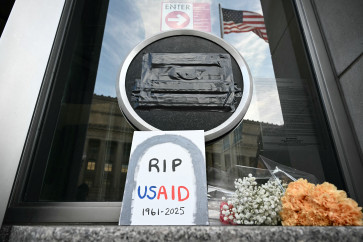Popular Reads
Top Results
Can't find what you're looking for?
View all search resultsPopular Reads
Top Results
Can't find what you're looking for?
View all search resultsMaking a better case for foreign aid
Advocates of official development assistance rightly argue that it saves lives and serves national interests. But that does not change the fact that the system has been hemorrhaging credibility and resources for years and lacks a convincing narrative.
Change text size
Gift Premium Articles
to Anyone
F
oreign aid is being slashed across the Global North, nowhere more so than in the United States. Within his first month back in the White House, President Donald Trump dismantled the US Agency for International Development (USAID) and froze foreign aid, calling it wasteful and fraudulent. The United Kingdom recently followed suit, trading off its international-aid budget for higher defense spending.
Advocates of official development assistance (ODA) rightly argue that it saves lives and serves national interests. But that does not change the fact that the system has been hemorrhaging credibility and resources for years and lacks a convincing narrative.
The upcoming United Nations Conference on Financing for Development, set for mid-2025 in Seville, Spain, will likely reiterate the long-held but rarely met target for high-income countries to spend 0.7 percent of their gross national income on ODA.
What is really needed, however, is an independent commission on the future of the international aid system that can forge a new political consensus on the rationales for foreign aid, while also articulating a vision for the post-aid world many are now demanding.
Without an effort to recalibrate and reset foreign aid, the system will face death by a thousand cuts. Its ambition of catalyzing sustainable development will be left unrealized, and an eighty-year international cooperation regime will likely collapse with no robust alternative in its place.
The modern global aid regime has looked brittle since the 2008 financial crisis. But the US withdrawal is a massive blow to a system whose purpose is laid out in Article 55 of the UN Charter: “the creation of conditions of stability and well-being which are necessary for peaceful and friendly relations among nations.” The US was the foremost champion of these goals: in his 1949 inaugural address, President Harry Truman called for a “bold new program” for sending technology and capital to help nations afflicted by poverty, disease and misery.
By the 1950s, the US was actively promoting foreign aid as a universal obligation, both to avoid shouldering the financial burden alone and to find common cause with anti-communist allies. That led, in 1961, to then-US President John F. Kennedy creating USAID. A decade later, nearly all European countries had some kind of aid program, and being a donor had become synonymous with being a modern, “developed” country.

